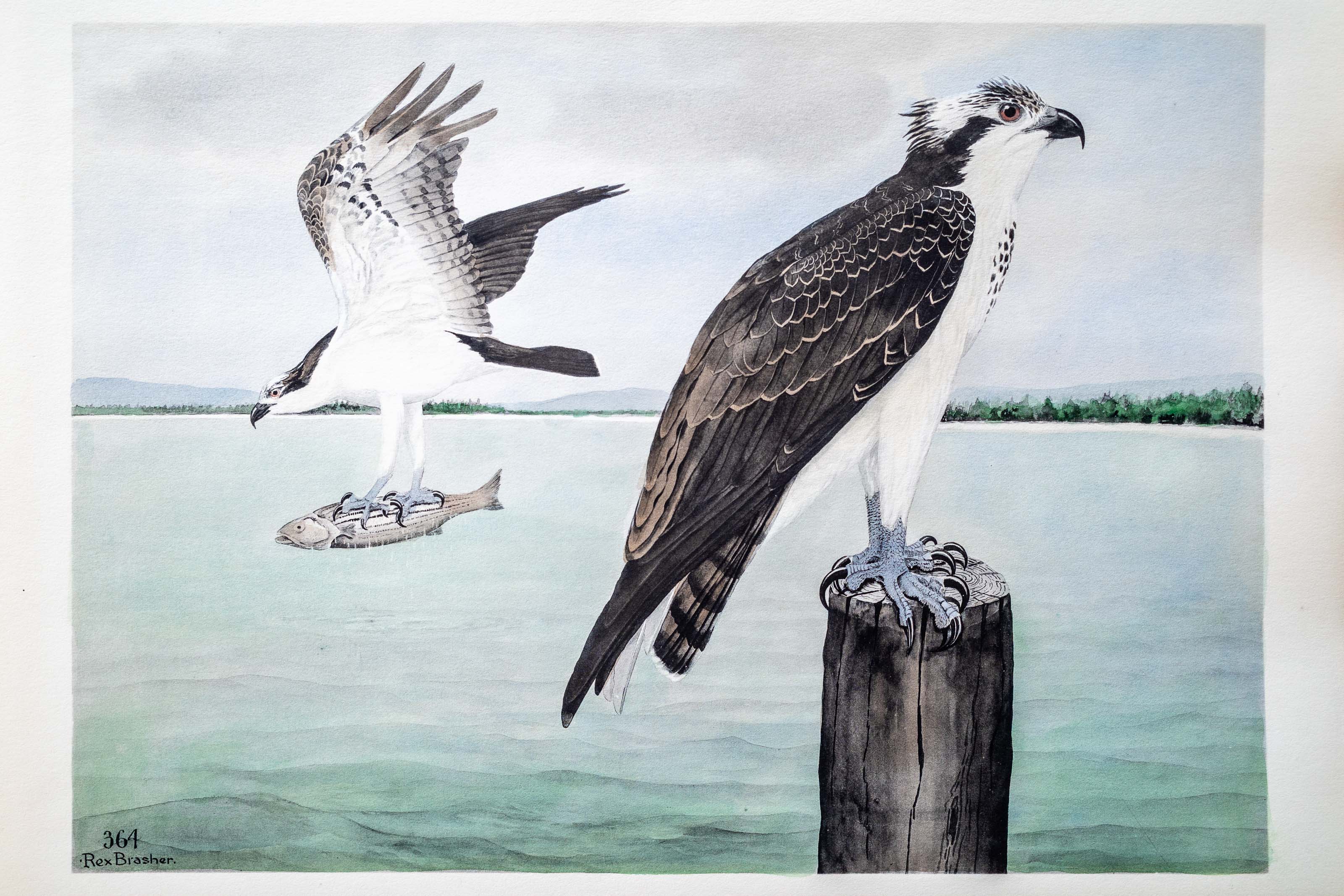
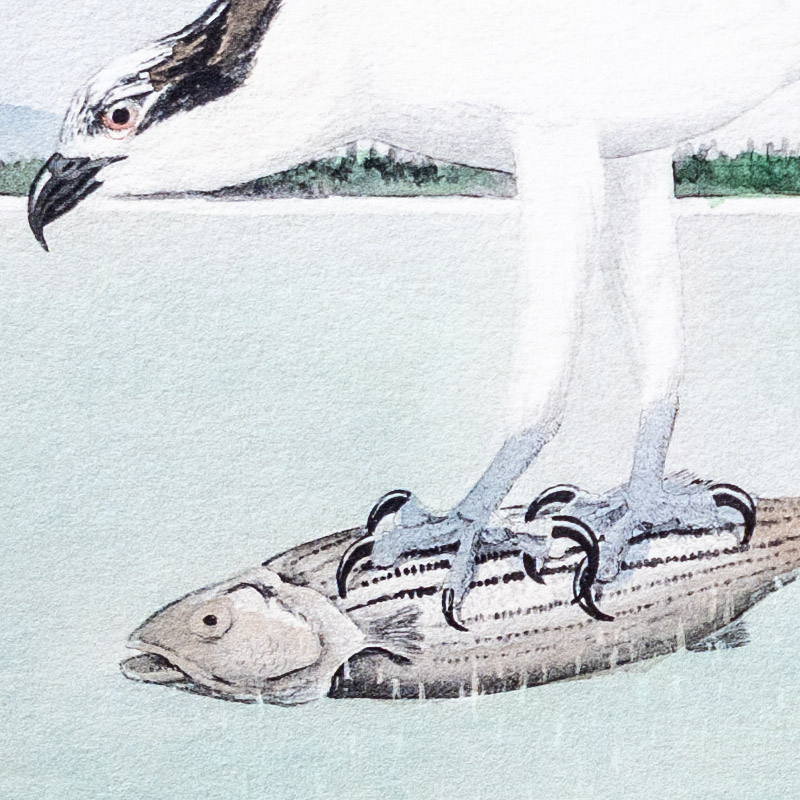
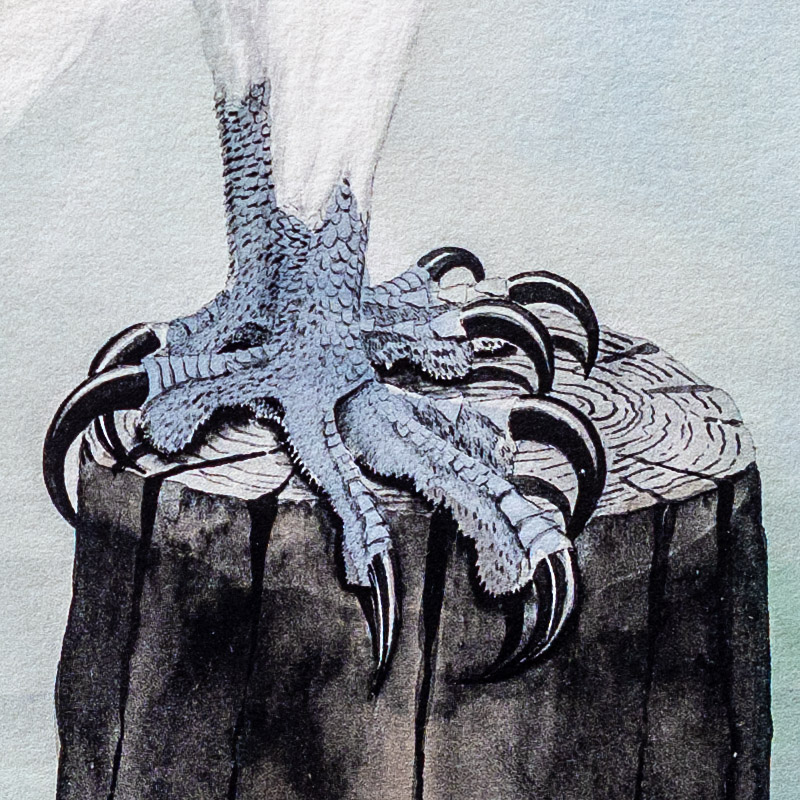
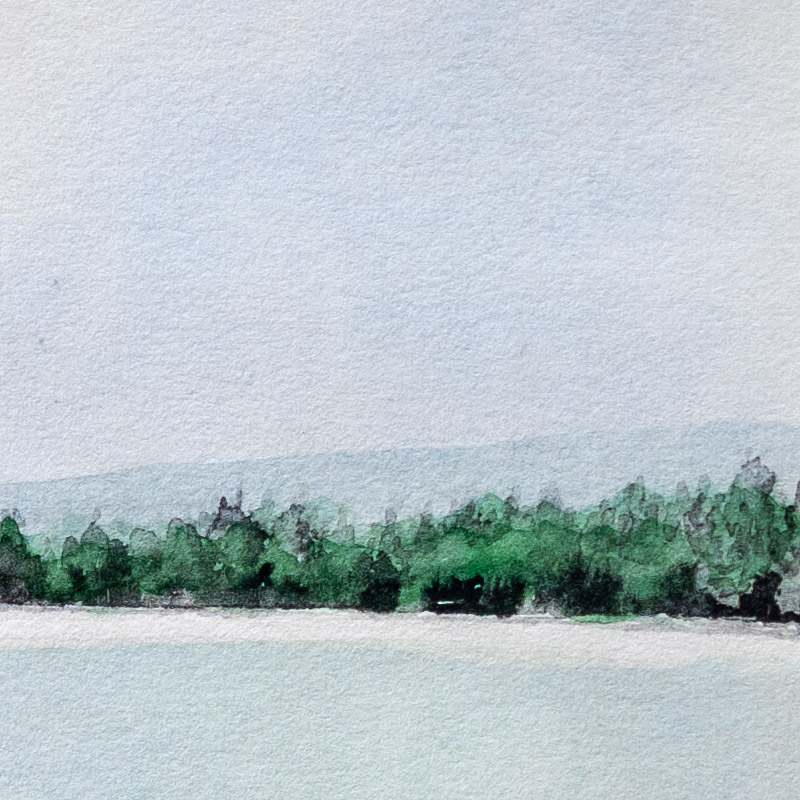
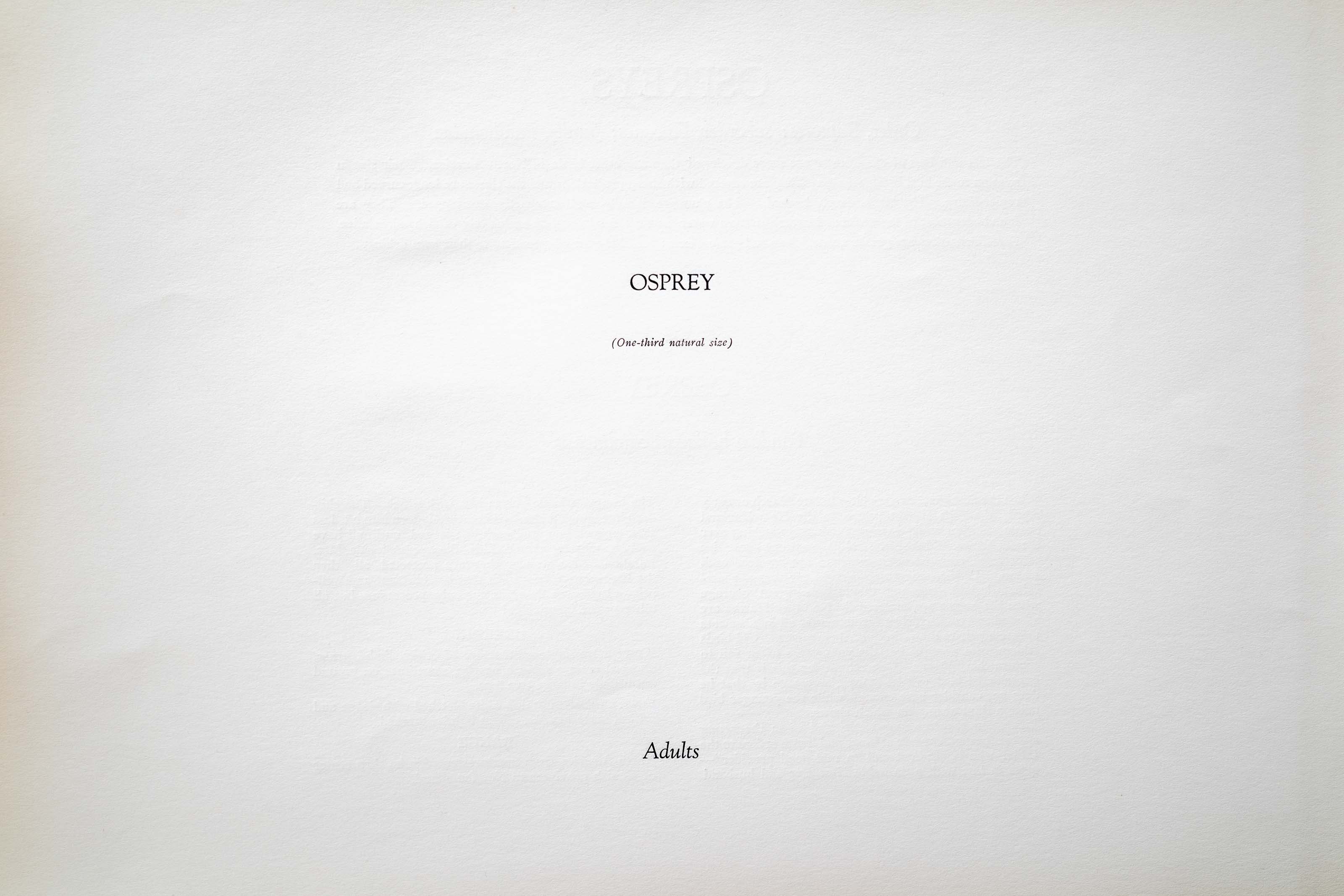
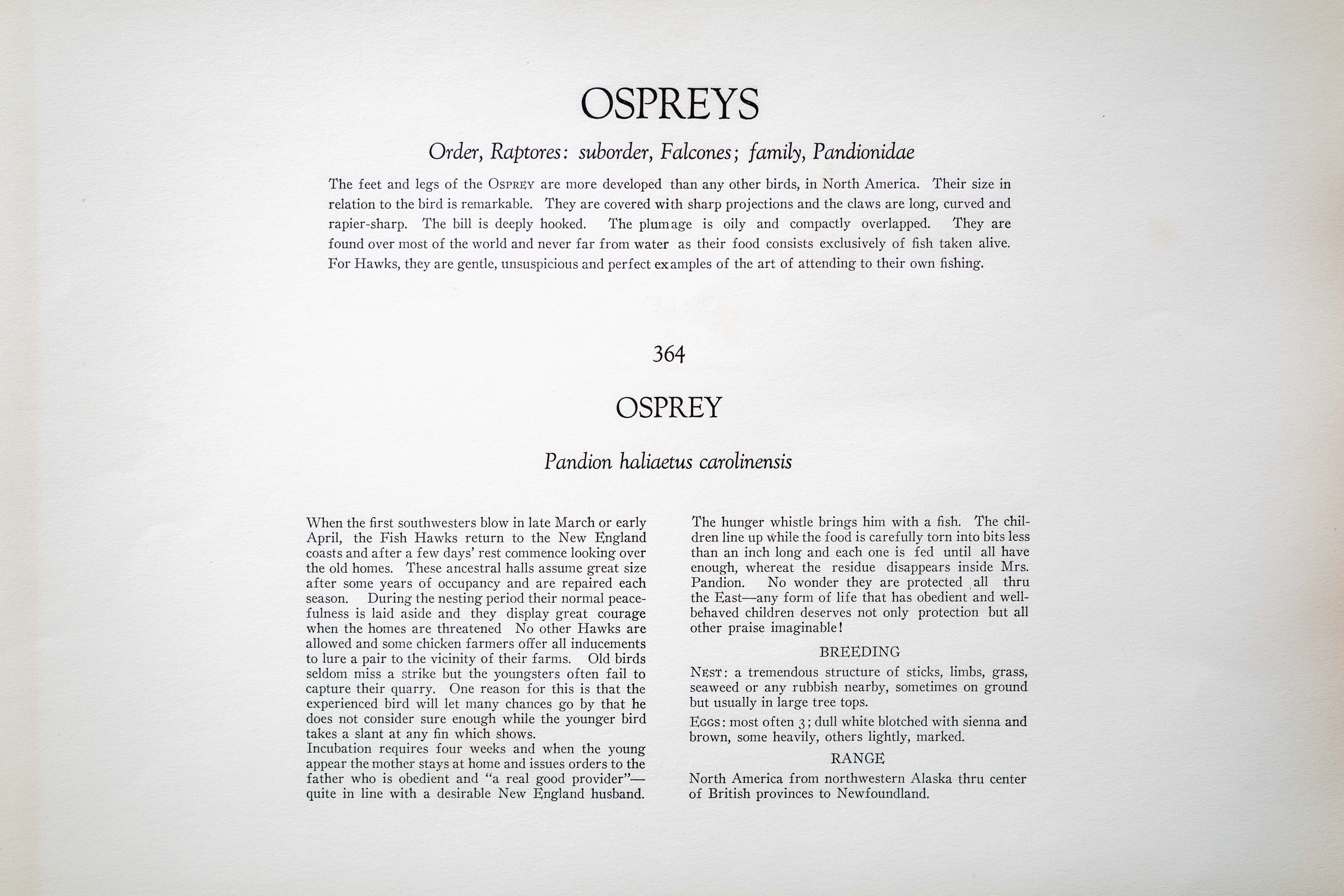

1909
1931
6
364
A team of dedicated board members, volunteers, and student interns has published every page in Volume 9. This volume includes 360 images of paintings and lyrical descriptions of birds, now available online for everyone to enjoy anywhere in the world. This is a monumental task. Each volume requires approximately 400 hours to photograph, edit, transcribe, catalog, and publish online. We need your support to complete this work.
If you're tech-savvy, have a good eye, are meticulous with details, and love structured data, please consider volunteering by emailing us at hello@rexbrasher.org.
We encourage all bird lovers and supporters to consider a monetary donation to support our mission to make Rex's work available for everyone. You can provide a one-time or recurring donation online.
When the first southwesters blow in late March or early April, the Fish Hawks return to the New England coasts and after a few days' rest commence looking over the old homes. These ancestral halls assume great size after some years of occupancy and are repaired each season. During the nesting period their normal peacefulness is laid aside and they display great courage when the homes are threatened. No other Hawks are allowed and some chicken farmers offer all inducements to lure a pair to the vicinity of their farms. Old birds seldom miss a strike but the youngsters often fail to capture their quarry. One reason for this is that the experienced bird will let many chances go by that he does not consider sure enough while the younger bird takes a slant at any fin which shows.
Incubation requires four weeks and when the young appear the mother stays at home and issues orders to the father who is obedient and "a real good provider" — quite in line with a desirable New England husband. The hunger whistle brings him with a fish. The children line up while the food is carefully torn into bits less than an inch long and each one is fed until all have enough, whereat the residue disappears inside Mrs. Pandion. No wonder they are protected all thru the East — any form of life that has obedient and well-behaved children deserves not only protection but all other praise imaginable!
NEST: a tremendous structure of sticks, limbs, grass, seaweed or any rubbish nearby, sometimes on ground but usually in large tree tops.
EGGS: most often 3; dull white blotched with sienna and brown, some heavily, others lightly, marked.
North America from northwestern Alaska thru center of British provinces to Newfoundland.